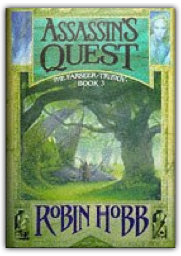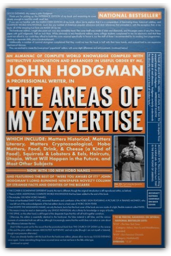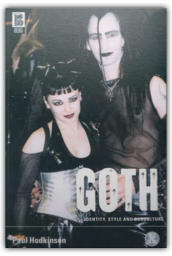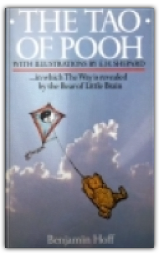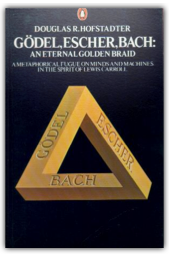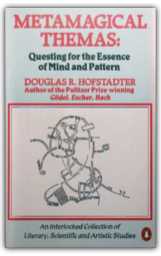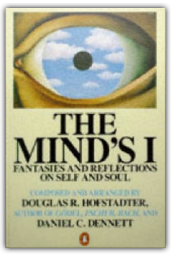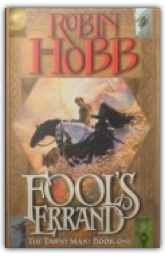 Fool's Errand
Robin Hobb
Fool's Errand
Robin Hobb
In Fool's Errand, first of the "Tawny Man" trilogy, Robin Hobb brings back Fitz, hero of her emotionally powerful and intrigue-filled Assassin trilogy, from 15 years of self-imposed exile from his royal relations and from the world of power. Hobb is particularly good at the passage of time and the things it does not change; Fitz plausibly thinks of himself as older and more settled than he actually is. She is also good on the actual changes—Fitz—Fitz's mentor Chade is teetering on the brink of old age and his androgynous ally the Fool has returned to court as the fop Lord Gallant; these are characters we cared about before and she makes it matter that they have aged or altered. Fitz is bonded by Wit to a wolf; the heir, Prince Dutiful, the son he never saw, is adrift with his own Wit in a world where people get lynched for it. Hobb's leisurely story-telling never lacks urgency and menace; this is a humane book which includes nightmarish touches along the way. Her sense of the world of magic and the world of political power is acute—she makes us see more than her flawed hero, even though we share his eyes.—Roz Kaveney 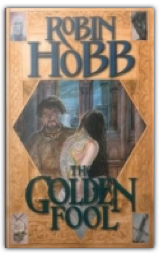 The Golden Fool
Robin Hobb
The Golden Fool
Robin Hobb
The Golden Fool, the second volume of Robin Hobb's Tawny Man trilogy, is explicitly a sequel to both the Farseer and Liveship trilogies. The palace intrigues, which Fitz has found himself dragged back into, have as much to do with the politics of trade and conquest—the war between the Bingtown traders and their living ships and the theocratic bullies of Chalced—as with the oppression of the beast-speaking Witted by the majority and the terrorism of the Piebald faction among the Witted. Fitz has always been a deeply flawed hero—growing up as a royal bastard trained in assassination has not been good for his character—and his inability to understand how deeply he is loved upsets all the people around him. |
 Made with Delicious Library
Made with Delicious Library
London, State zipflap congrotus delicious library Scott, Mike
